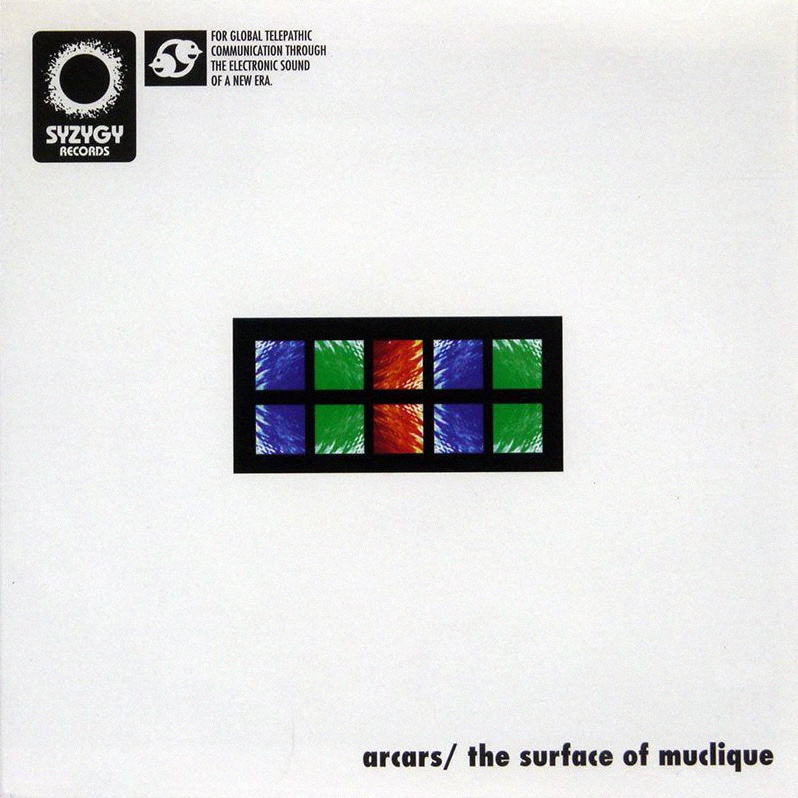Maybe it’s something about myself, but I tend to feel inspired by the music of those who aren’t necessarily solely inspired by music itself. As I listen to Yasushi Egami’s Arcars – The Surface of Muclique, I get the sense that something deeper is at play–just how important texture is to any artform.
Without “gilding the lily” too much, trying to describe the music of Arcars might be like trying to describe fog rolling through a serene valley. Impressionistic music like this tends to render its reviewer flat, slipping into expressionist words. The better focus, I’d argue, would be to describe the milieu he was part of.

A native of Oita, Japan, in the country’s Fukuoka region, Yasushi began his creative career in the ’80s as an interdisciplinary artist. Early works in and around Oita placed visual sound installations in places like Parco malls, beauty salons, and even city streets–seemingly anywhere a more casual observer could more easily encounter his ideas. It’s no wonder that when the decision was made to put some of Yasushi’s musical ideas to tape, under the name Arcars, he presented his music under the Syzygy banner.
Far from the centers of Japanese nightlife–Osaka and Tokyo–it was in the early ’90s, in the coastal city of Fukuoka, that Ken Inaoka gathered a few friends to attempt to create a label focused on adding their voice (and ideas) to the greater landscape of techno music and Japan’s underground dance scene. It was their label, Syzygy, that would introduce pioneering artists like Mind Design, Okihide Sawaki, and Takayuki Shiraishi, whose own leftfield dance music might have otherwise been lost under the larger umbrella of Japanese electronic music.
As Arcars, Yasushi (as stated in the hype sticker) collected “fragments [of] sound and music recorded on analog tape and digital sampler between 1980 and 1996” and reshaped and remixed these pieces into a cohesive work in autumn 1996. What emerged was a piece of art–or music as art–that reminds me of more well-known works like Eno’s Discreet Music or William Basinski’s Disintegration Loops, music that can inspire other realms of music. It was in this idea: that of generative music, taking snippets of sound and allowing the loop points to render themselves into something entirely different.
As a listener, tuning in at any point in its 62-minute runtime, you experience a certain stochastic approach to groove, filtered through Arcars’ ambient interpretation of it. Unlike the floating techno of other Syzygy artists, The Surface of Muclique features a push and pull that emerges not from a drum or melodic line but from the cyclical drone of an often-wandering melody. Surprisingly, it doesn’t feel distant of their ideas.

Often, when I put on this work, I wonder how all those record fragments must have sounded originally. Were they snippets of this or fully-formed thats? Then, the constructed music washes those thoughts away, rendering them useless to its focus. The groove captures you without you realizing it. It’s in The Surface of Muclique’s ever-evolving musical surface that we can hear how music isn’t necessarily captive to the grid of time–just as this music itself isn’t, as it moves through your sonic space.

One response
Hello Diego,
I’d like to thank you for sharing this album. I’ve been looking for more albums like Manuel Gottsching’s E2-E4 and this really hits the spot! Your blog is a treasure trove of music. Thank you for putting the time and effort in preserving and sharing all of this fantastic music.